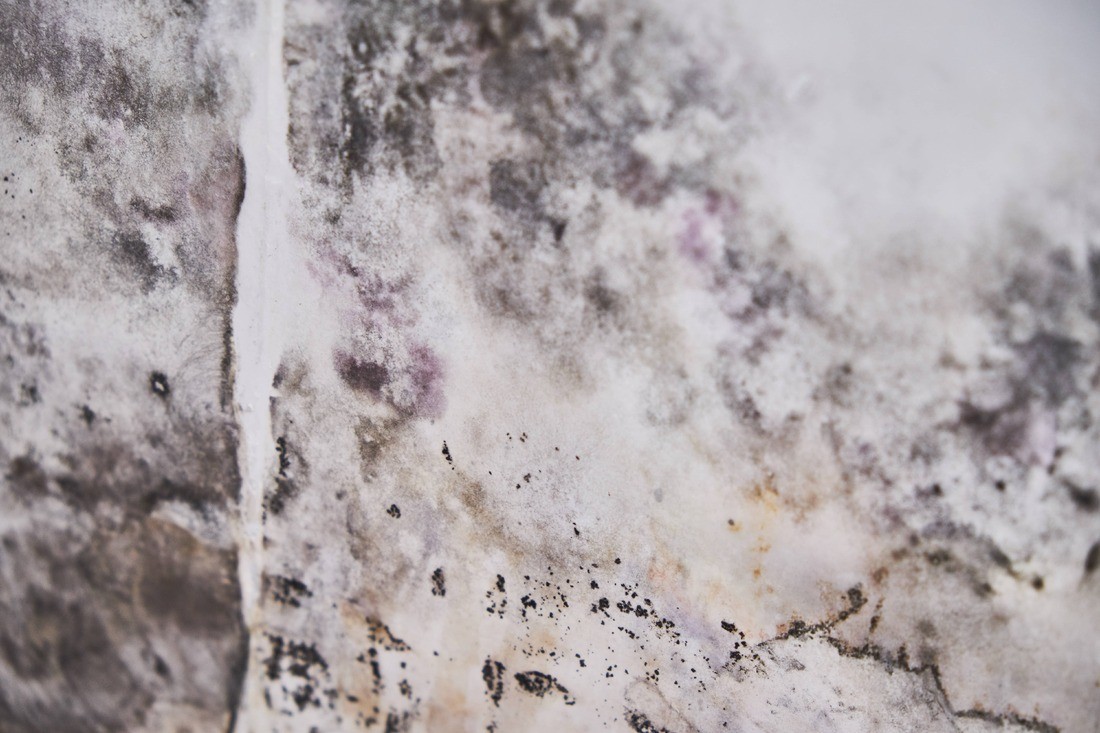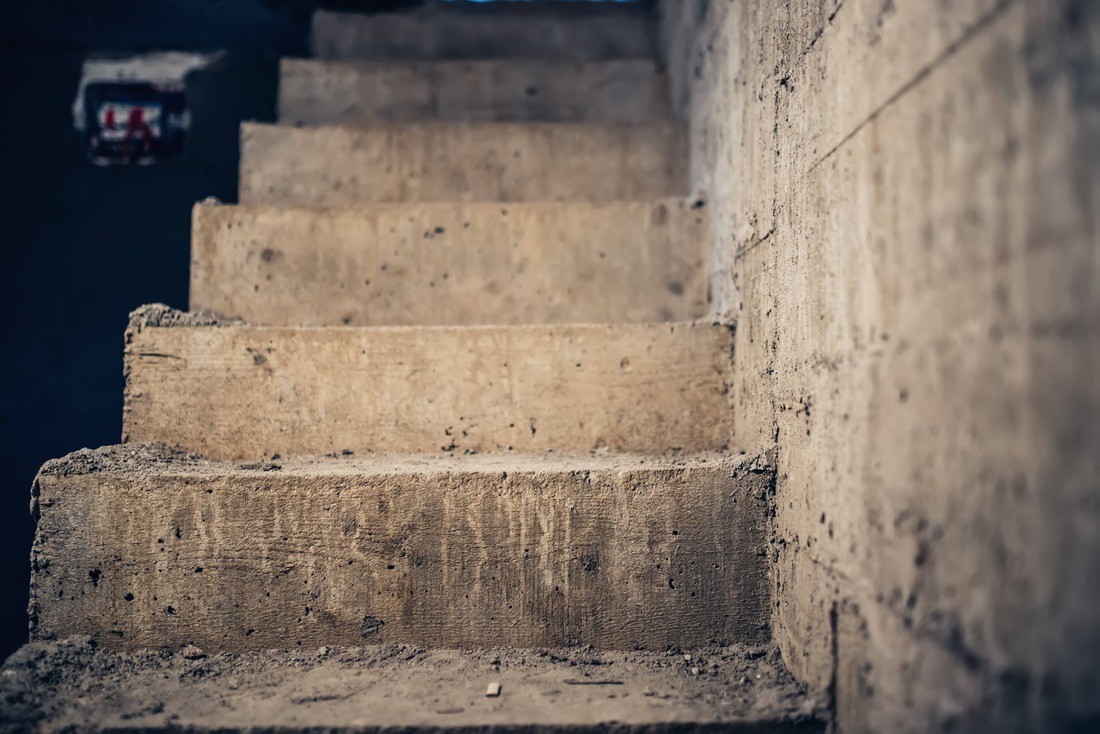
About Mold Remediation
Mold remediation is the process of removing mold growth and preventing further mold contamination. It is essential, especially in water-damaged areas, to prevent the growth and spread of mold, as it can cause significant damage to both the structure and the health of those living or working in the affected space.
The Impact of Flooding on Basements
Basements are particularly susceptible to flooding, especially during heavy rainstorms or when there are plumbing issues. When a basement floods, the excess water can seep into walls, flooring, furniture, and other materials, creating the perfect environment for mold growth.
Dirt, debris, and other contaminants can also enter the basement during flooding, further promoting mold growth. Additionally, the moisture from the flood can weaken the foundation of the building and compromise its structural integrity.

The Importance of Mold Remediation in Flooded Basements
Mold has a high potential to thrive in damp and humid environments, making flooded basements the perfect breeding ground. Mold can start growing within 48-72 hours after the initial water damage, and it can spread rapidly throughout the entire space if not addressed promptly.
Mold remediation is crucial in flooded basements to:
- Prevent structural damage: Mold can cause significant damage to wood, drywall, carpets, and other building materials. Mold can weaken the structural integrity of the basement, potentially leading to costly repairs.
- Promote good indoor air quality: Mold releases spores into the air, which can cause respiratory issues and allergies. By removing mold, you can improve the overall air quality in your home or workplace.
- Protect occupants’ health: Mold exposure can be hazardous, especially for individuals with asthma, allergies, or weakened immune systems. Removing mold from flooded basements helps protect the health of those living or working in the space.
- Prevent further mold growth: Mold spores can easily spread to other areas of the building through the HVAC system or by attaching to clothing or objects. Mold remediation helps prevent the further spread of mold and minimizes the risk of recontamination.
- Restore the affected area: Mold remediation involves removing and cleaning affected materials, treating the area with mold inhibitors, and restoring the space to its pre-damaged condition. It helps eliminate any musty odors and ensures a safe and healthy environment.
The Mold Remediation Process in Flooded Basements
The mold remediation process in flooded basements typically includes the following steps:
1. Assessing the Damage
Professionals will assess the extent of the mold growth and the damage caused by the flooding. They will identify the source of the water intrusion and formulate a plan for remediation.

2. Containment
To prevent the spread of mold spores to other areas of the building, professionals will set up containment barriers and use negative air pressure machines. This helps ensure that mold spores are contained during the remediation process.
3. Removal of Contaminated Materials
Mold-affected materials, such as drywall, carpets, and insulation, will be removed safely and disposed of according to proper protocols. This step eliminates the source of mold and prevents further contamination.
4. Cleaning and Disinfection
All surfaces in the basement will be thoroughly cleaned and disinfected using appropriate mold-killing agents. This step helps ensure that any remaining mold spores are eliminated.
5. Drying and Dehumidification
The basement will be dried using specialized drying equipment and dehumidifiers. This step helps remove any remaining moisture, creating an inhospitable environment for mold growth.
6. Restoration
Once the remediation process is complete, the professionals will restore the affected areas to their pre-damaged condition. This may involve repairing or replacing damaged materials, repainting, and ensuring proper ventilation.
Preventing Future Basements Floods and Mold Growth
After mold remediation, it is crucial to take preventive measures to minimize the chances of future basement floods and mold growth. Some preventive steps include:
- Addressing any plumbing issues promptly
- Ensuring proper drainage around the basement walls
- Installing a sump pump and maintaining it regularly
- Keeping gutters and downspouts clear of debris
- Using dehumidifiers in the basement to maintain optimal humidity levels
- Insulating pipes to prevent freezing and bursting
Mold Remediation Experts in Deerfield Beach
If you have experienced a basement flood and suspect mold growth, it is essential to seek professional mold remediation services. JGW Group Water Damage Restoration Deerfield Beach is a trusted water damage restoration company specializing in mold remediation, water damage cleanup, and flood restoration services.
Our team of experts has the knowledge, experience, and equipment to effectively remove mold and restore your basement to a safe and healthy condition. Contact us today at 754-294-5717 or visit our website for more information.



